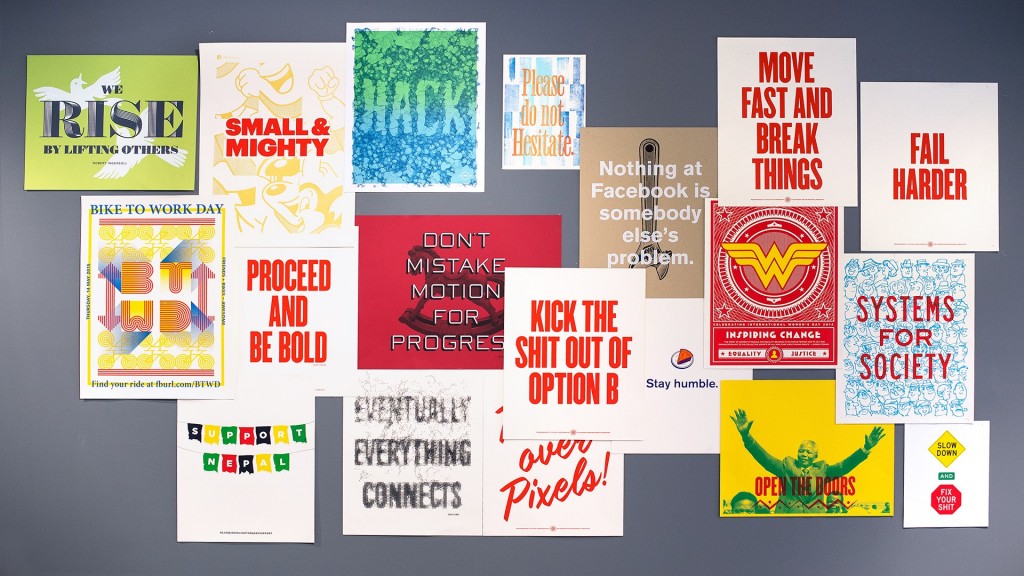 By Julie Wright, President
By Julie Wright, President
What’s your ability to adapt to stress and adversity?
How prepared is your team to respond to obstacles or crises?
Adversity is a fact of life and of business. Things won’t always go your way. In fact, every once in a while, things will go horribly, irreversibly wrong.
Resilience. It has to be the most powerful quality a person or a company can possess.
I was overwhelmed reading Sheryl Sandberg’s message on Facebook earlier this month that described her grief after suddenly losing her husband.
Her conclusion was one I could relate to for mourning just about anything, from the loss of a loved one to the loss of a financial nest egg, a job or a dream.
“I was talking to one of these friends about a father-child activity that Dave is not here to do. We came up with a plan to fill in for Dave. I cried to him, ‘But I want Dave. I want option A.’ He put his arm around me and said, ‘Option A is not available. So let’s just kick the shit out of option B.’
Dave, to honor your memory and raise your children as they deserve to be raised, I promise to do all I can to kick the shit out of option B…”
That is the essence of resilience.
Kicking the shit out of option B.
I don’t want to talk about how to mourn life’s big stuff. Read Sandberg’s post if you want to learn how to do that right.
I want to take inspiration from her post and apply it to our business lives.
How do you behave when your big campaign doesn’t achieve results, your company becomes the subject of a lawsuit or financial scandal, a disgruntled employee does something awful, your CEO quits or a regulatory authority doesn’t approve your project or product?
Do you look for people to blame and find excuses for failure? Or do you analyze what went wrong, what could have been done differently and what processes or systems need correction? Do you rush for explanations or give yourself time to make a thorough assessment?
Sandberg took 30 days to gain her perspective and share what she had learned.
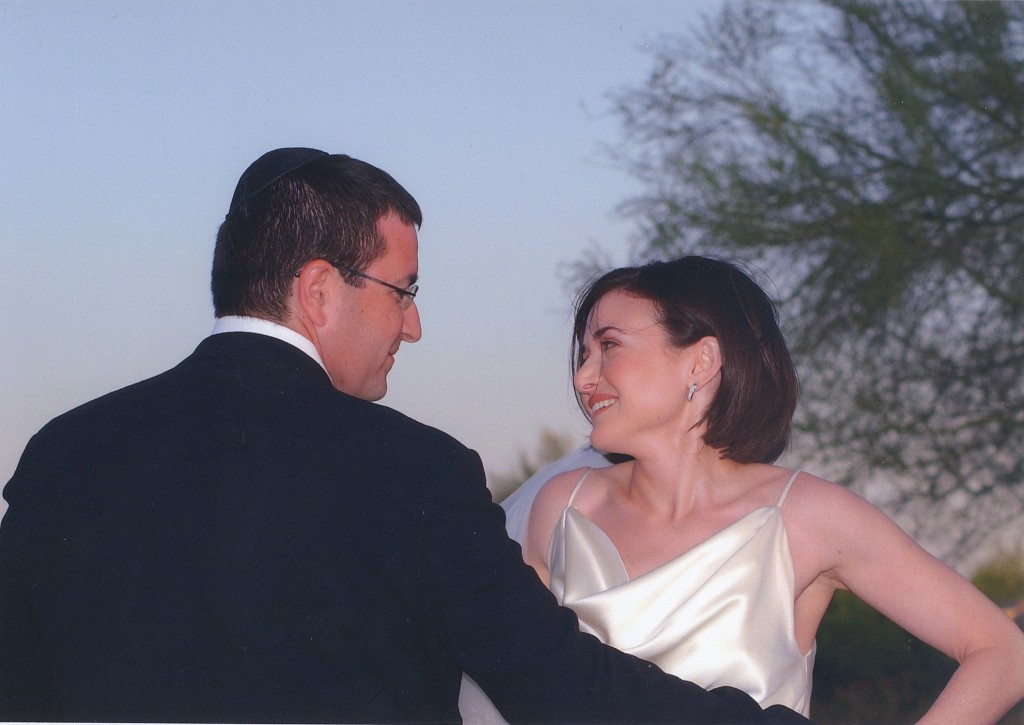 That introspection is a key to resiliency. You can’t adapt and succeed in the face of setbacks if you’re not taking the space and time needed to learn from them. Whether you need more or less than 30 days, the point is not to rush this process or communicate with a knee-jerk response. A little distance and perspective can help you see the true problem, understand your own reaction and help you determine where you go from here.
That introspection is a key to resiliency. You can’t adapt and succeed in the face of setbacks if you’re not taking the space and time needed to learn from them. Whether you need more or less than 30 days, the point is not to rush this process or communicate with a knee-jerk response. A little distance and perspective can help you see the true problem, understand your own reaction and help you determine where you go from here.
In a crisis where a company is expected to make a statement immediately, don’t rush to provide answers. Rush to provide comfort and instill confidence. Let people know you care, are taking action and will share information and next steps once they have been carefully evaluated.
Just like introspection, leadership is key to a company or team’s resiliency. Leaders need to re-inspire teams with a renewed purpose and readiness to kick the shit out of option B—whatever option B might be: a new or rejigged campaign, a leadership transition, a fresh product development plan or company-wide safety initiative.
Sandberg is a leader, well-spoken and exceedingly capable of selling her ideas. I have no doubt, after reading her post, that she will kick the shit out of option B.
Another feature of her resilience is her support system. She has her mother to help and a close network of confidantes to comfort and advise her.
In fact, her epiphany about option B came through the words of a supportive friend. And, at the time, it wasn’t where her heart was pushing her.
A good friend who had more perspective on the issue than she did was able to speak this truth to her.
That’s the role of trusted advisors during your corporate tragedy. They’re your support system and can help you find option B, as well as figure out how to kick the shit out of it.
You need outside points of view and the input of people who are experts in their fields and true professionals who can view the situation objectively and speak the truth when it needs to be heard.
Do you have those relationships? Do you know who you can turn to for counsel—who will help you find your option B? And are you open to hearing hard truths and listening to ideas and solutions that might cause some discomfort in the short term?
Like Sandberg, have you shared your vulnerabilities with those closest to you? Hiding the truth from trusted advisors or faking it with them will not build that mutual trust, nor will it allow their best advice and support. You have to let them in. And you have to be open to listening and valuing objective, outside experience and advice.
So be prepared for setbacks and losses in business, just as in life. And, when they happen, be ready to kick the shit out of option B. Give yourself and your team the time and space to gain perspective and learn the lessons to guide your new direction, use your leadership to restore enthusiasm in the new goal and call on the support of objective and valued consultants to ensure you have looked at the issue from all angles and without judgment.
Check out our related posts below:
Your Competitive Advantage is Being Human
In Communications, the Constant is Change
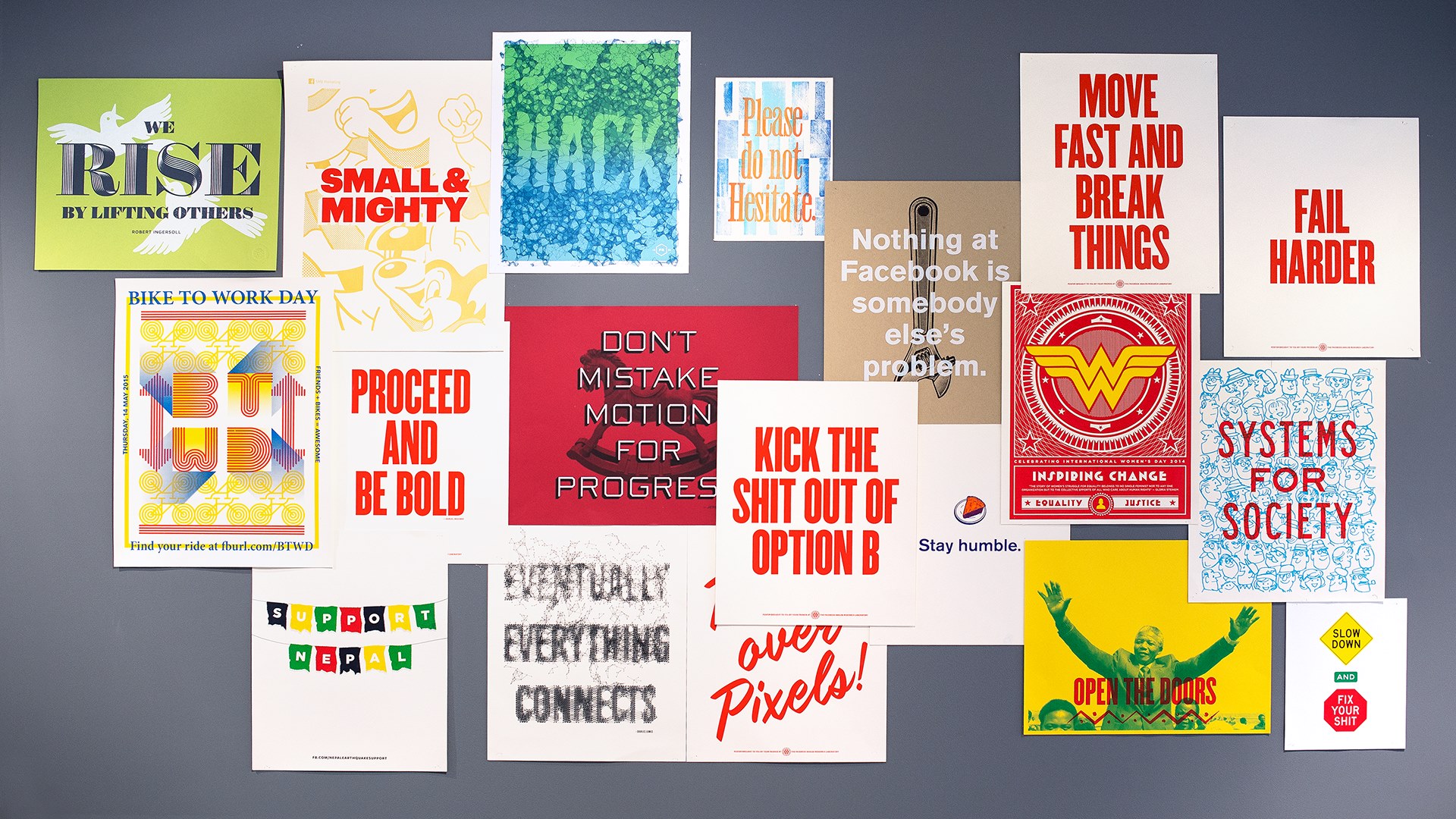
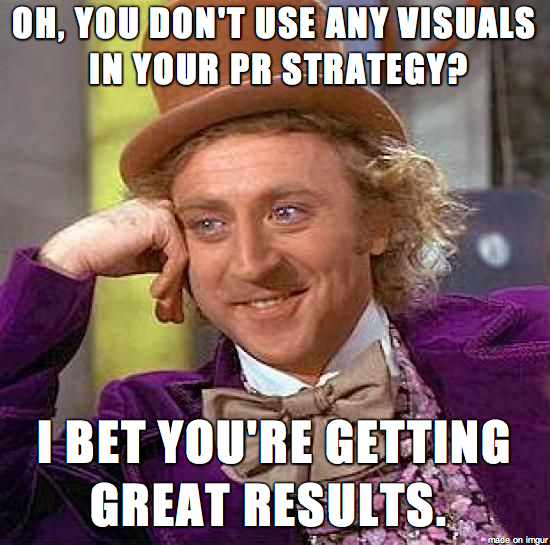
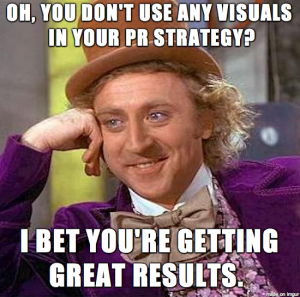
 Pinterest is especially great since a pin can link directly back to a website. If you pin a PDF of your fresh press release and put some compelling preview text in the description, your audience will not only want to read that particular release, they’ll be taken to your news room, blog, etc. and likely read many more. And check out your team. And explore your website.
Pinterest is especially great since a pin can link directly back to a website. If you pin a PDF of your fresh press release and put some compelling preview text in the description, your audience will not only want to read that particular release, they’ll be taken to your news room, blog, etc. and likely read many more. And check out your team. And explore your website. Instagram isn’t to be forgotten, though. Although it lacks the referral power Pinterest has (at least for now), it’s a great vehicle for furthering community relations efforts or raising awareness of your brand offerings.
Instagram isn’t to be forgotten, though. Although it lacks the referral power Pinterest has (at least for now), it’s a great vehicle for furthering community relations efforts or raising awareness of your brand offerings. into play.
into play.



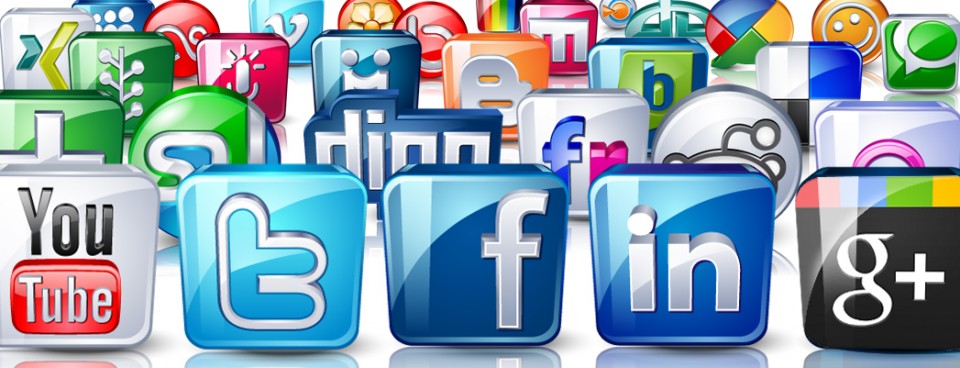

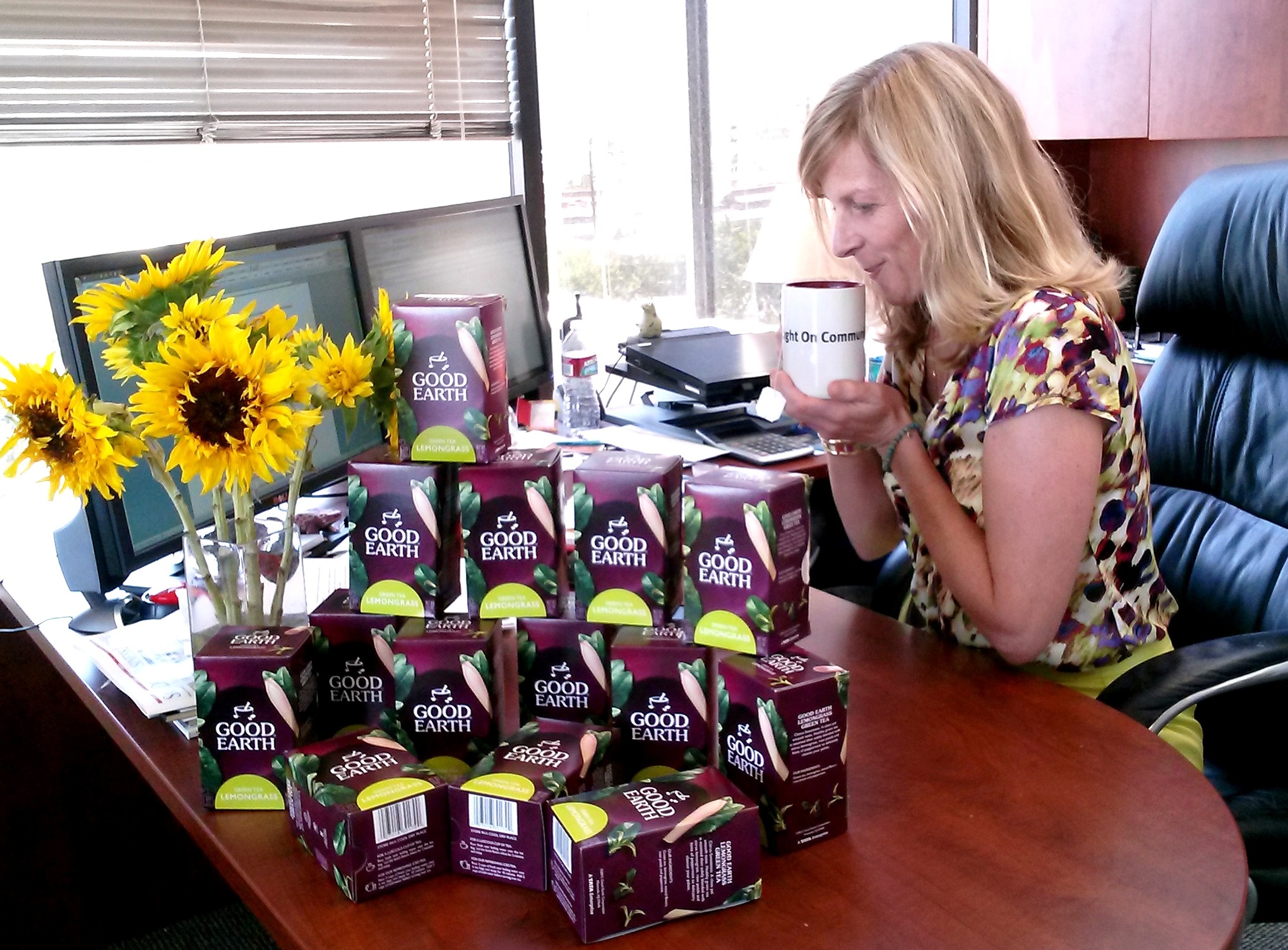
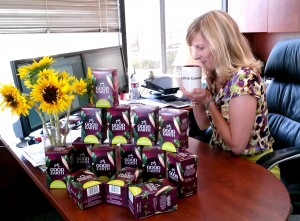



 Grant Wright
Grant Wright





 Corie Fiebiger
Corie Fiebiger
 Shae Geary
Shae Geary Roman Lukjanenko
Roman Lukjanenko Phelan Riessen
Phelan Riessen Katrina Early
Katrina Early Hamish Marshall
Hamish Marshall